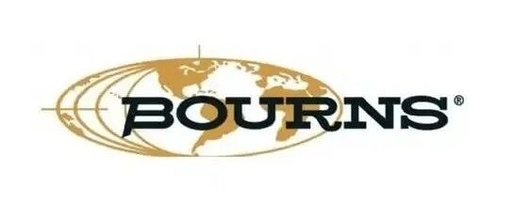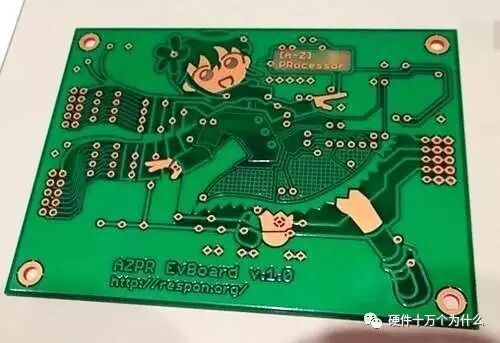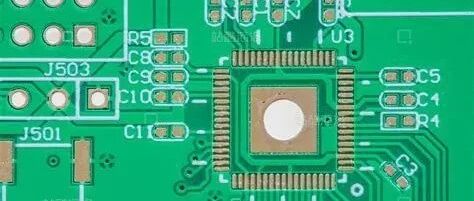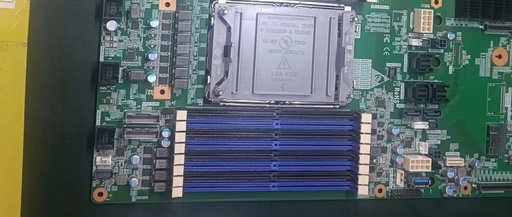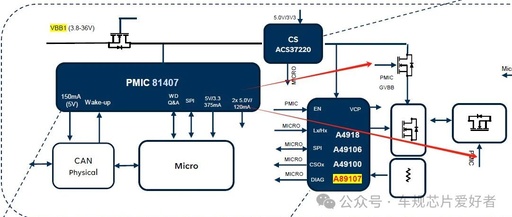20 Essential PCB Layout Design Guidelines You Must Read!
In the process of PCB layout and routing, it is crucial to follow certain design guidelines to ensure the stability and reliability of the circuit. Below are 20 essential PCB layout design guidelines that we hope will be helpful to everyone. 1. Isolation of Strong and Weak Currents, High and Low Voltages, and High and … Read more

